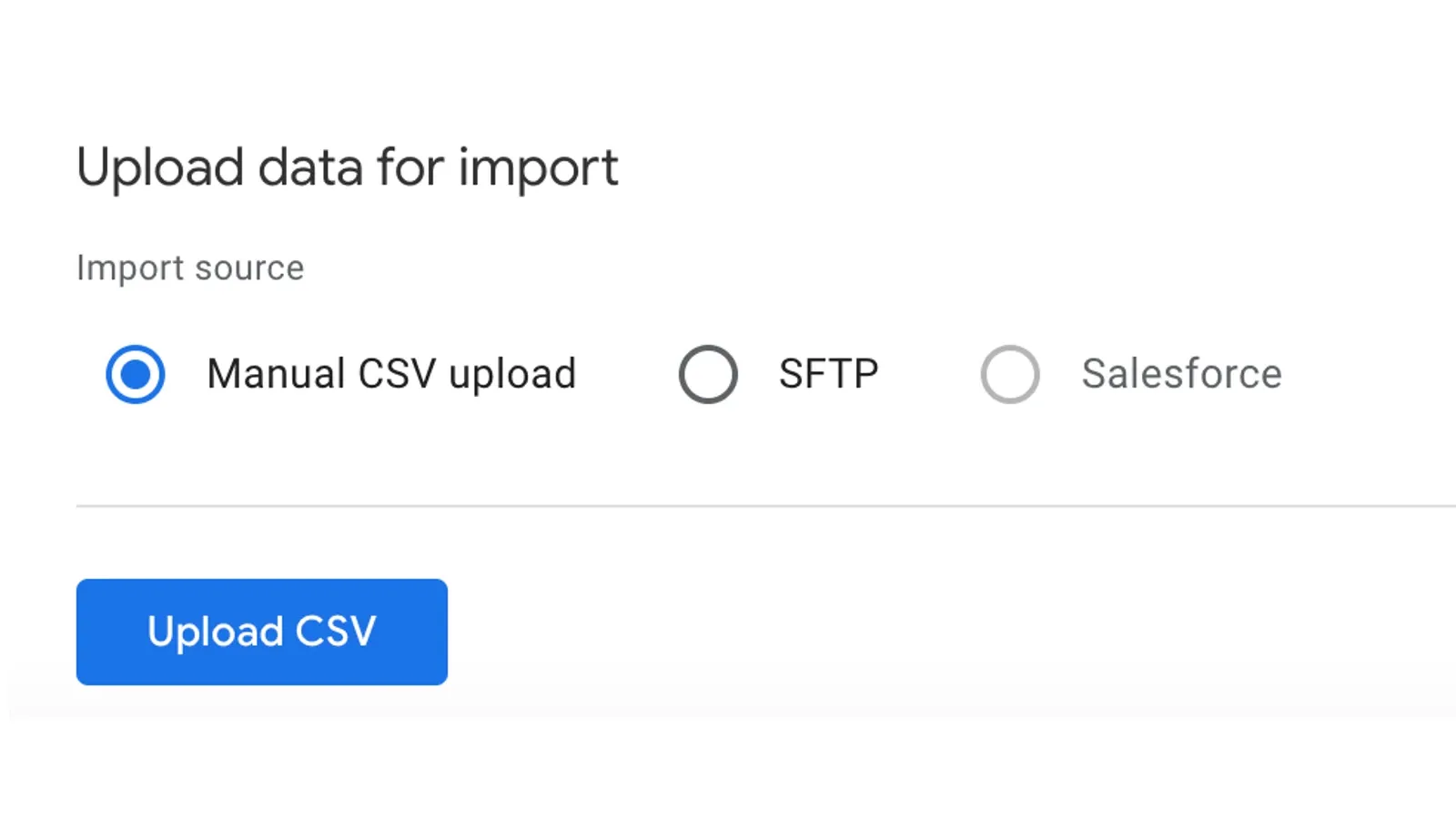Google Analytics 4 adds Salesforce integration for direct data import
Google Analytics 4 (GA4) today announced a new integration with Salesforce, allowing the direct import of offline event data from the popular CRM platform.

Google Analytics 4 (GA4) today announced a new integration with Salesforce, allowing the direct import of offline event data from the popular CRM platform.
Businesses can now incorporate key Salesforce milestones and attributes into their web analytics for a more comprehensive understanding of customer journeys.
Key Highlights:
- New Salesforce Data Source: Users can now easily connect their Salesforce account as a data source within GA4.
- Data Scheduling: Schedule data imports to occur daily or hourly (for Analytics 360 customers).
- Milestone Tracking: Select specific Salesforce milestones to be collected as events in GA4 for granular customer behavior analysis.
- Customizable Attributes: Import existing Salesforce attributes as custom dimensions in GA4, enriching your web analytics data.
Key Use Cases:
The integration is valuable for businesses that want to:
- Analyze the Impact of Offline Sales Activity: Track how Salesforce leads and opportunities translate into on-site engagement, conversions, and revenue.
- Personalize Online Experiences: Use Salesforce customer data (e.g., industry, lead score) to tailor content and marketing messages within the website or app.
- Build More Accurate Attribution Models: See a more complete picture of the customer journey, from initial interactions within Salesforce to final website conversions.
To take advantage of this integration, GA4 users with Editor permissions will need to follow the instructions provided within the Google Analytics platform. This involves configuring access for certain Salesforce objects and fields, and mapping these to corresponding dimensions and metrics in GA4.
Salesforce data imports contribute to GA4's revenue and LTV (Lifetime Value) metrics when configured correctly.
Google Analytics 4 is the newest generation of Google's web analytics platform designed to provide a more holistic and user-centric view of customer behavior across websites and apps.

